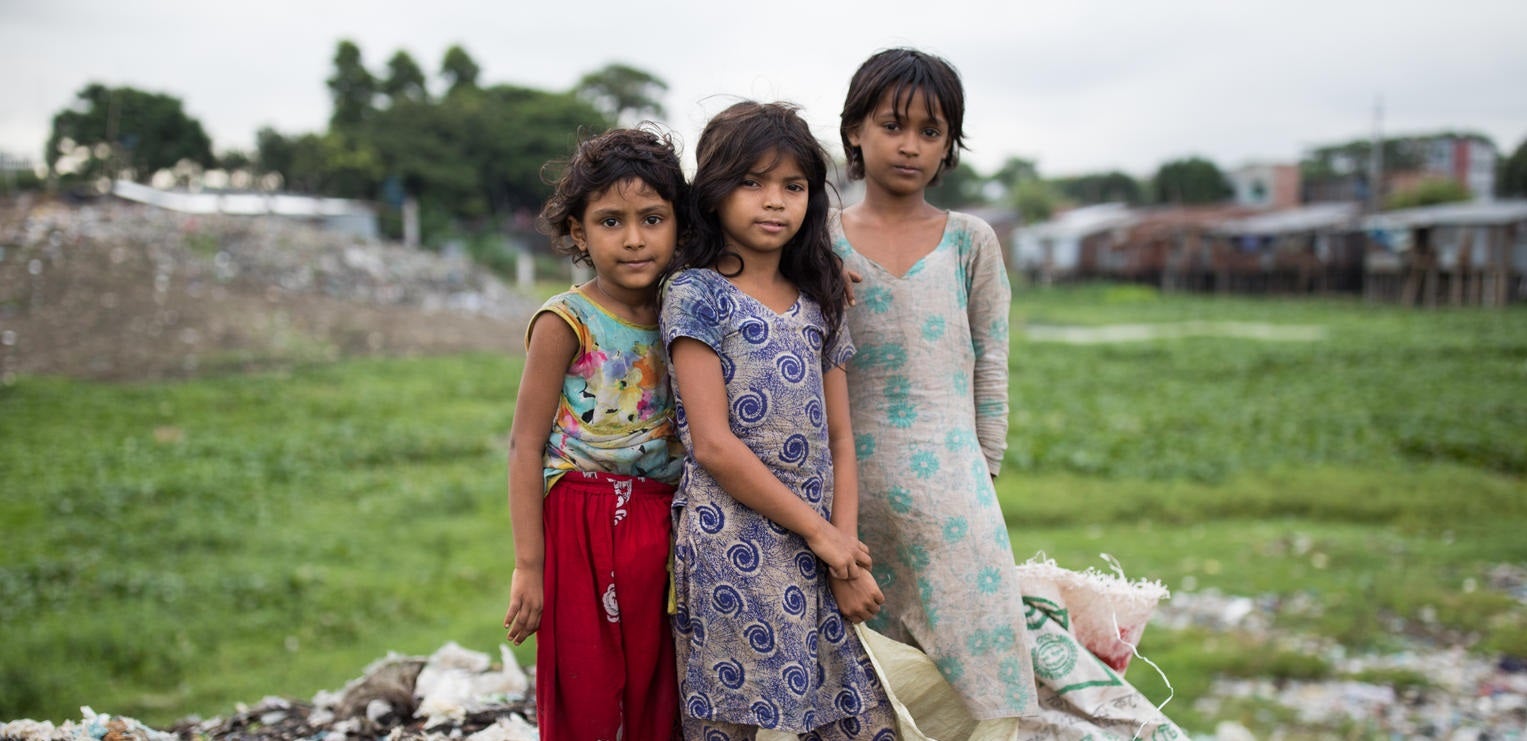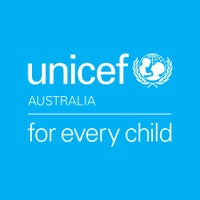Children and young people are set to bear the brunt of the climate crisis but they are typically left out of decision-making about what climate action adults take. Despite this, they want to help create and implement sustainable solutions to ensure the world they and future generations inherit, fulfills their basic needs, rights, and aspirations.
In a world-first project, UNICEF Australia partnered with the Young and Resilient Research Centre at Western Sydney University to develop a practical tool to measure how climate change affects children and young people, and how climate action benefits them. This tool is called Child-Centred Indicators for Climate Change.
To do this, we spoke to children and young people from three communities acutely affected by climate change in New South Wales – the Northern Rivers, Upper Hunter, and Western Sydney – about their experiences with climate change and climate action, as well as their ideas, aspirations and more.
"We have the most at stake, and yet we do not have a stake. We are left out of climate action planning. We watch on while decisions about our lives are made but we do not get a seat at the table."

What young people have to say
1
They feel let down by older generations and that their generation bears the burden of fixing climate change.

2
They understand that climate change impacts every aspect of their lives and they want everyone to be educated about it.

3
They experience climate change differently depending on where they live, so the climate action they want to see would differ from place-to-place.

4
They want governments and corporations to act, stop making things worse, and start reversing climate change.

5
They want meaningful ways to participate in climate action so that they can help shape a better future.
What are the Child-Centred Indicators for Climate Change?
In this project, we worked with children and young people to develop Child-Centred Indicators for Climate Change. The indicators describe the changes or progress towards tackling climate change that young people want to see. They help us understand how climate change impacts children’s and young people’s lives, and if climate action is helping to improve them. The indicators are split into four areas: individual, community, political and environmental.
An example of a political indicator is: “Children and young people have opportunities to participate in decision-making on climate change.” If we measure this at different points and find that more young people are involved in the decision-making process when it comes to climate in government, industry and the private sector over time, then we know we’re moving in the right direction.
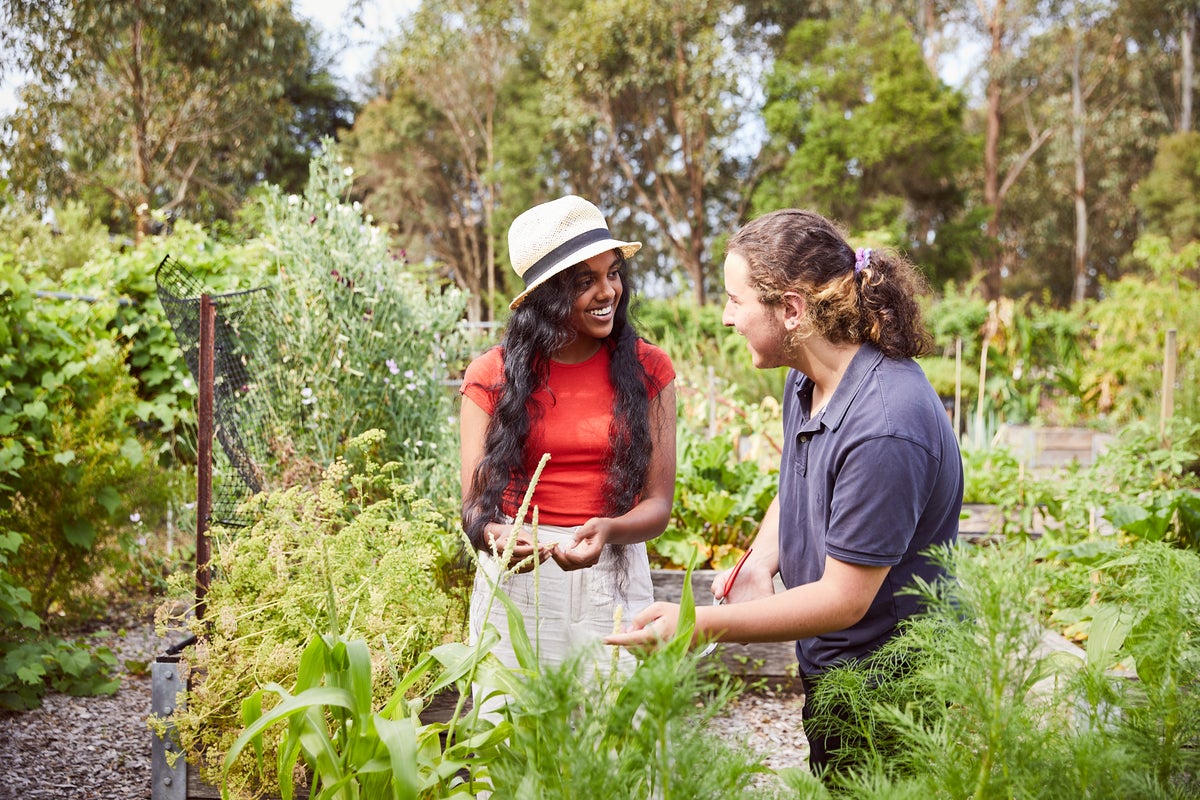
How can the indicators be used?
The Child-Centred Indicator framework could be used by public and private sector decision-makers in partnership with children and young people, to design and evaluate climate impacts, policies, and programs. The research gives the ‘How’ of enabling child participation in climate policymaking. It demonstrates that it is possible to speak directly with children as young as ten years old about complex issues including climate science, policy, and action.
The indicators can be used with other existing frameworks that have a similar purpose: for example, the United Nations Convention on the Rights of the Child which lays out children’s rights, and the UN Children’s Climate Risk Index which measures the impacts of climate change on children. When used together with other frameworks, we can create the best outcomes for children and young people.
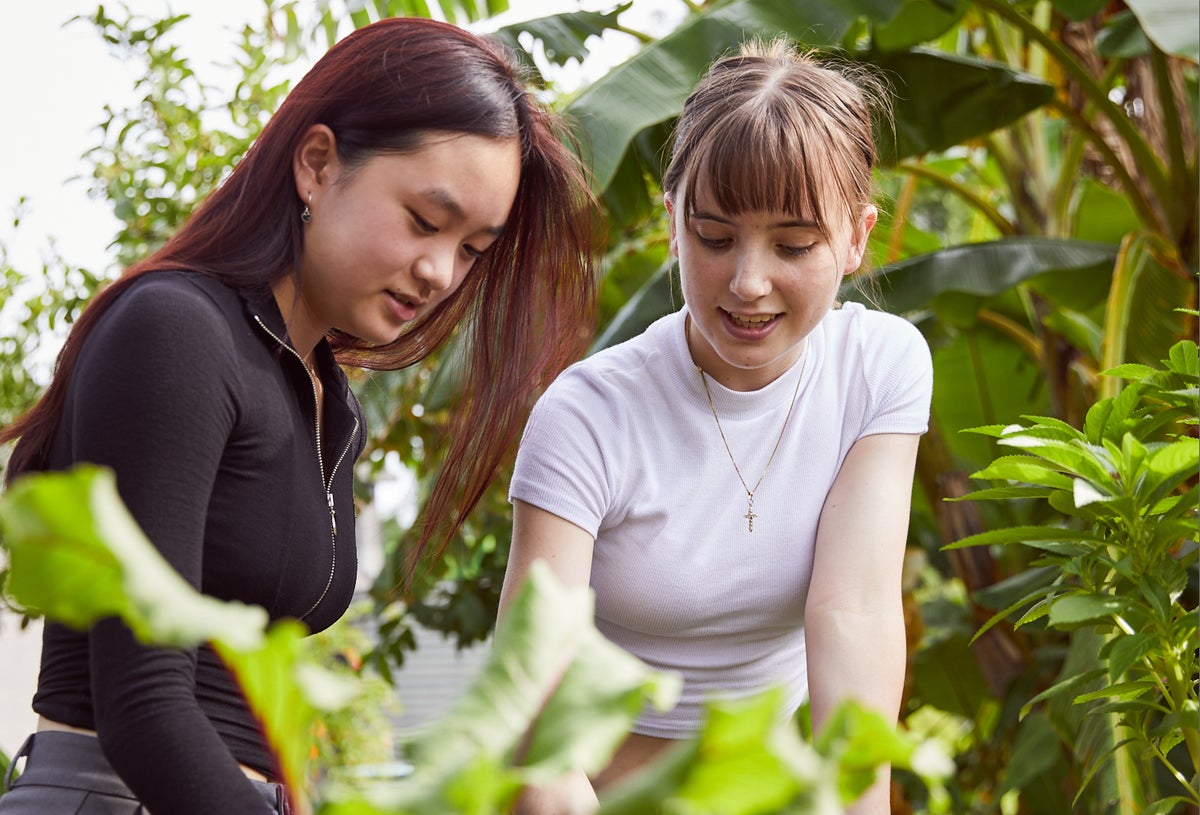
What happens next?
We want organisations, governments, schools, universities, doctors, parents, young people, and everyone who cares about young people to use these indicators to measure whether climate action is helping to make young people’s ideal worlds a reality. When we use these indicators, we are elevating young people and their views, and making real-life improvements for young people, now and in the future.
UNICEF Australia is committed to providing more opportunities for children and young people to engage in climate action. We will continue to advocate for and encourage governments and civil society to provide environmental and climate education and climate youth engagement opportunities to equip young people to lead climate action in the future.
This article was based on ‘The Climate Future Children Want’ project report, written by Yehansa, Lilly Moody, Stephanie Hannah, Umit Kennedy, and Amanda Third.
Related articles
Stay up-to-date on UNICEF's work in Australia and around the world


